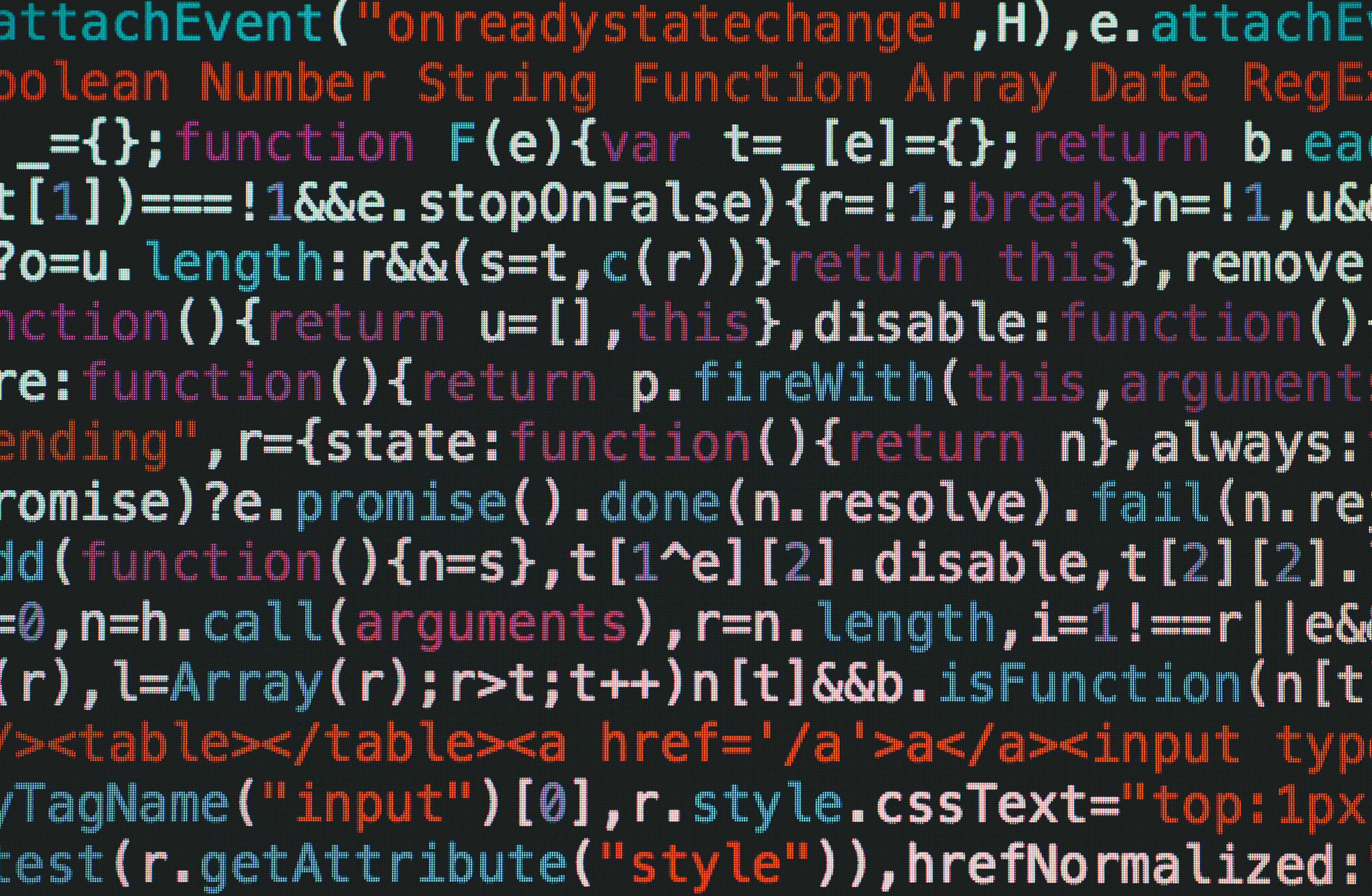
Ah, developers. The mythical creatures who type fast, drink coffee like it’s an Olympic sport, and somehow “fix computers” for their friends and family. But what do they really do all day? Let me paint you a picture—spoiler: it’s way more complicated (and funnier) than just “typing code.”
Let’s break it down using a flowchart I’ve attached. (Yes, flowcharts, because if there’s one thing developers love, it’s organizing chaos visually.)
The request usually starts with something innocent like, “Can you just change the color of this button?” or “We need this feature live by tomorrow—shouldn’t be hard.” Non-tech folks imagine developers casually pressing buttons like wizards: abracadabra! New feature deployed!
Reality? That “small” change kicks off a chain reaction longer than your Netflix binge-watch list.
First, developers have to figure out where this feature even lives in the codebase. Imagine trying to find a single sock in a house with 500 drawers. That’s what reading someone else’s code feels like. Oh, and the sock is on fire.
After digging through the code, they set up a local development environment. Sounds fancy, right? It’s basically their private testing playground where mistakes won’t break the company website. Except, this “playground” takes hours to set up because tools randomly decide to stop working. (“Why is Docker angry today?” “Oh, no reason, it just hates you.”)
Developers then write some code. Then realize they broke something else. Then fix the thing they broke, which accidentally breaks another thing. Finally, after four rounds of swearing and a little crying (quietly, while sipping coffee), the code works! Kind of. Maybe.
The code goes through version control (Git)—a tool to keep everyone from stepping on each other’s toes. Except, merging changes in Git is like trying to negotiate a peace treaty between toddlers who all want the same toy. Conflict resolution is a developer’s real superpower.
Before the code sees the light of day, developers test it. They click every button, fill every form, and perform rituals to summon the QA gods. Then someone from QA (Quality Assurance) comes along and finds bugs in places developers didn’t even know existed. (“Wait, the button doesn’t work if you’re logged in as a left-handed person using Internet Explorer 11??”)
Finally, the code is ready to go live. Non-tech people imagine developers pressing a big green “GO” button. Nope. It’s more like tiptoeing through a minefield while juggling. Something always goes wrong. The server crashes. The database forgets it exists. The feature mysteriously disappears like a bad magician’s trick. Developers fix it all in real-time while sweating bullets.
When the feature is live, the feedback rolls in: “Why isn’t the button blue instead of green?” “Can you move it 3 pixels to the left?” Cue internal screaming. Developers silently update the flowchart and return to Step 1.
So the next time you hear, “It’s just a small change,” remember this: behind every click, scroll, and swipe is an epic saga involving code battles, caffeine, and a sprinkle of chaos. Developers do more than “type things into a computer”—they’re problem-solvers, magicians, therapists (to their code), and occasionally, miracle workers.
So maybe buy your developer friend a coffee today. They’ve earned it.
Robert Mejlerö is a fractional CTO and founder of CTO as a Service (ctotmc.com)
We are a Swiss Company (LLC) based in  Switzerland.
Switzerland.
